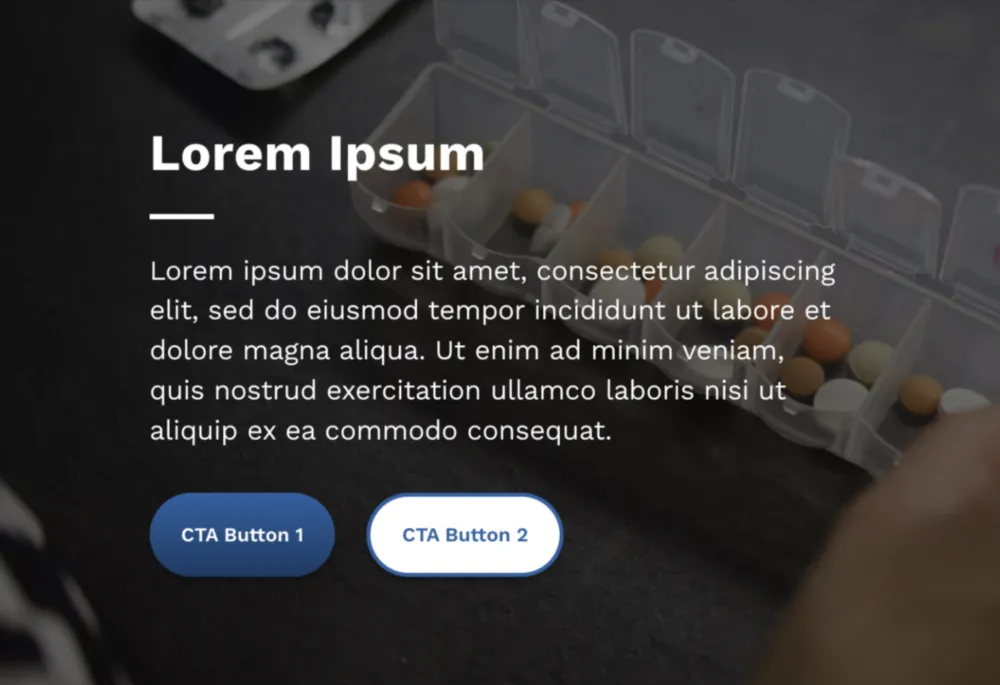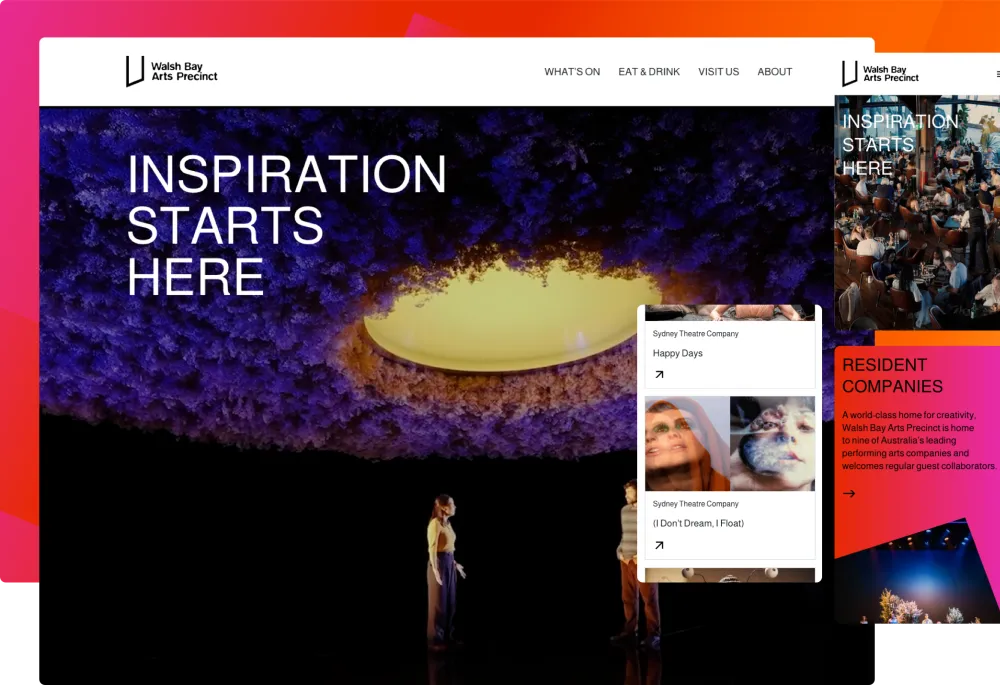Sector(s)
Team Members
Project Team
Kanopi Studios and The Frick Collection
Modernizing a world-class cultural institution’s digital presence.
Founded in 1935, The Frick Collection is a world-renowned museum and research centre in New York City, celebrated for its distinguished Old Master paintings, sculpture, and decorative arts.
Back to topThe Challenge
The Frick’s legacy website was outdated on Drupal 7, and could no longer meet the needs of its growing digital audience. Content was scattered across multiple templates, search tools were limited, and accessibility fell short of modern standards.
From a UX perspective, the site lacked the flexibility to showcase the museum’s extensive collections, exhibitions, and public programs in an engaging way for casual visitors while meeting the depth required by scholars and researchers.
With the physical building also being closed for extensive updates, the Frick team wished to time the launch of the updated site to be released simultaneously with the building’s reopening.
Contact Kanopi about your project
Back to topThe Solution
Working in close collaboration with their internal team, we planned and delivered a full rebuild on Drupal 10.
Keeping in close alignment with already established design signals, we designed an elegant, mobile-first interface aligned with the institution’s visual identity and implemented WCAG 2.1 AA compliance to ensure broad accessibility. The project included building a robust, searchable collections catalogue that integrates seamlessly with the museum’s existing collections management system.
The two major changes were Paragraphs and media usage;
- For Paragraphs, we switched from using regular fields to components so content editors didn’t have to go into the Drupal code structure to add what they needed, and can simply add content directly to the page using Paragraphs.
- As for media, we updated Frick to the Media Library. Previously, they had to add the code to embed the video, and the Frick team would then have to manually change it everywhere it was referenced. With the Media Library, they only update it once and it automatically updates across the site wherever it appears. The duration and description of the video are also extracted, so that information doesn’t need to be manually updated.
Both of these changes were critical in streamlining the CMS so the Frick staff could easily update content, add new exhibitions, and publish scholarly resources without developer intervention.
Back to topThe Result
This was a significant consolidation, resulting in a complete shift on how the Frick team can manage the website. Landing pages are simplified, workflows for publishing content are improved, with some automated all together to cut down on manual entry. Additionally, the new website modernized Frick’s digital presence with a streamlined mobile-first design and an advanced search tool.
The new site also has improved accessibility and is built with a scalable architecture in order to grow with the institution’s evolving programming.
Back to topThe client was previously on Drupal 7 and the staff had extensive Drupal experience.

Technical Specifications
Drupal version:
Key modules/theme/distribution used:
-
Used a custom theme based on stable using Tailwind and Single Directory Components (SDC) for design and structure. SDC allows for components to be contained for easy management and reusability. Tailwind provides clean styling features and reduces the size of the css files as it only includes the styles in use. It also provides a great structure for reusability and standardization for consistency in the theme.
-
Heavy reliance and usage of Paragraphs to provide simple and complex content structures as well as reusability. Paragraphs provided a clean option for a variety of displays that make it easier for the user to create the content instead of just using CKEditor. We also used some logic to place things like banners and body content based on paragraphs types at certain locations. e.g. first banner type paragraph is treated as the page hero banner.
-
Event Condition Action (ECA) and BPMN.io modules were used for some simple moderation tasks. Used as a progression from rules.
-
Workflows and Content Moderation allow different roles to manage certain content and control publishing states.
-
Converted all images and videos to media entities for reusability provided by the Media module.
-
Extensive usage of Views for displaying related and targeted content



